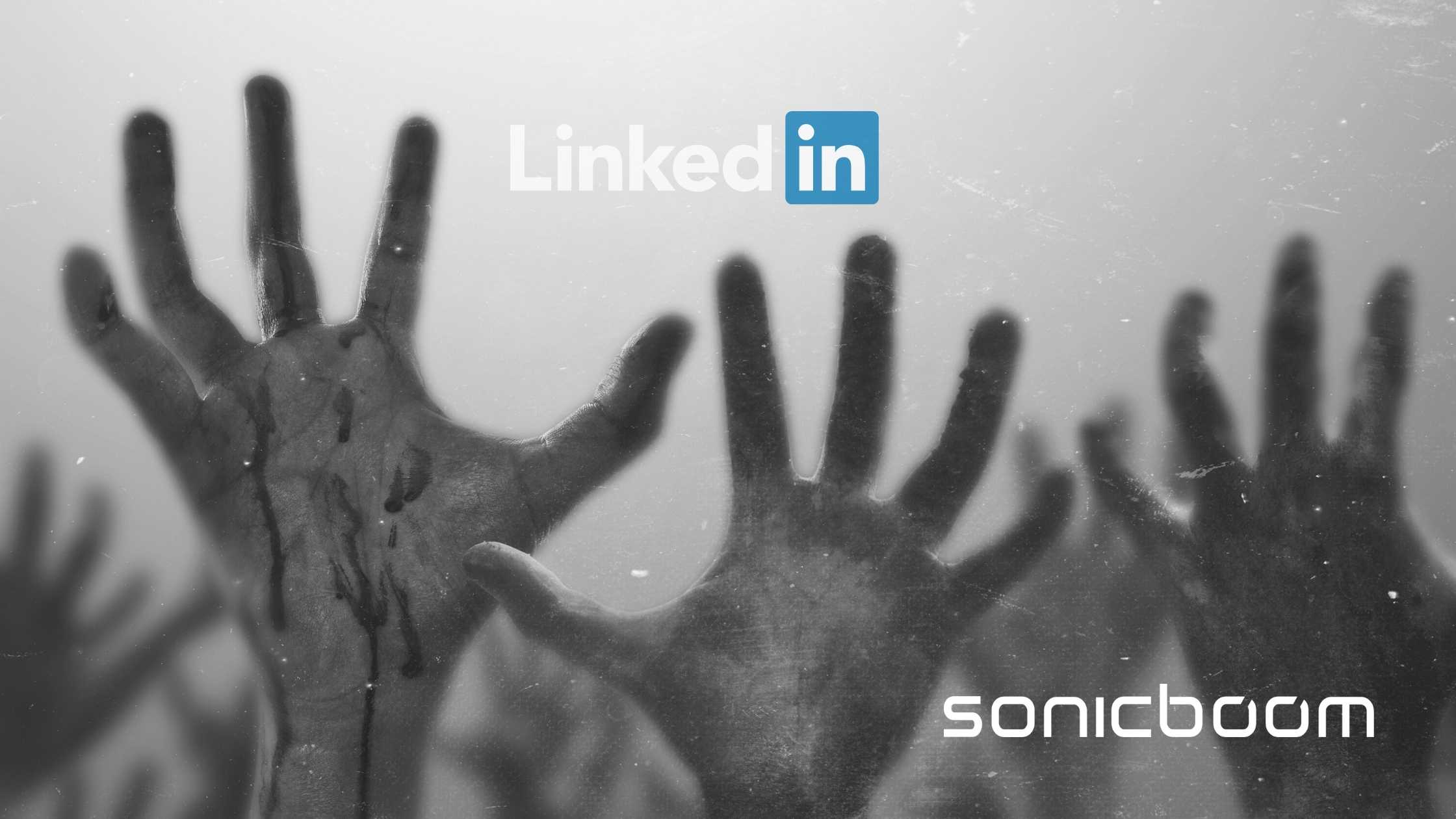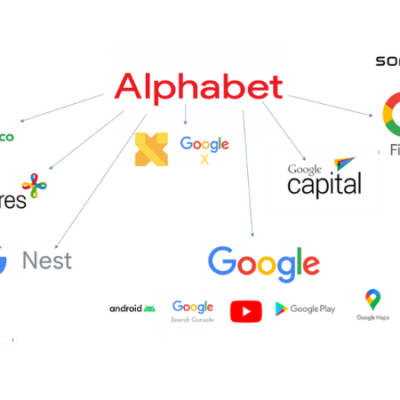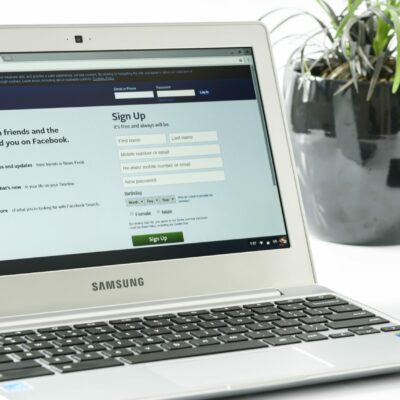LinkedIn has a problem with inactive users. Dead users, bots and profiles that do not communicate distort the statistics massively.
LinkedIn actually has 810 million accounts worldwide. 17 million in the DACH region. But not even one in ten of them is actually active. Statistics show that there are industries in which just one percent of LinkedIn users actually actively use the platform. And even behind the users who are active, there is often only an artificial intelligence. This is a problem that threatens the credibility of the network.
LinkedIn: $26.2 billion for tons of inactive accounts
When Microsoft took over the business network LinkedIn in 2016, the American IT giant paid a whopping 26.2 billion dollars. At that time, there were around 433 million users on the platform. Within the past six years, this number has almost doubled. The problem is that many of the users don’t exist or no longer exist. Or they are inactive.
The statistics of active and inactive users alone are alarming. In the DACH region, the business services sector is the most active on LinkedIn. Or rather: it is the least inactive industry. Here, just one in five users participates in the exchange on the platform. The situation is similar in the software & IT services (19 percent active users) and manufacturing (17 percent) sectors. Even in the media sector, which is otherwise very strong in communication, just 13 percent of users are active.
These industries are particularly inactive on LinkedIn
Particularly few users are active in the public safety and agriculture sectors. Zero percent, to be precise. The registered users turn these sectors into digital ghost towns. But the situation is no better in legal services and the humanities (each with one percent active users). Strictly speaking, there is no sector in which even a majority of users are active.
It does not matter whether the DACH market or the US users are considered. American LinkedIn users are slightly more active, but not enough to reverse the trend. In Microsoft’s home country, just 23 percent of users in the software and IT services sector are actually active on LinkedIn. In other areas, there are significantly fewer. For example, in manufacturing (8 percent).
What role does artificial intelligence play on LinkedIn?
The statistics on inactive users are further distorted by the phenomenon of artificial intelligence. It is doubtful whether all active users are actually real people. This is due to the work of Renée Di Resta and Josh Goldstein. The two scientists from the Stanford Internet Observatory in California uncovered over 100,000 fake accounts on LinkedIn in March 2022.
And there is a business model behind it. Profiles are created with the help of an artificial intelligence. The pictures are computer-generated, the resumes made up. The only thing that is real is the current employer. The sends the fake accounts on customer acquisition by mail on LinkedIn. If a user responds, a real employee takes over. Di Resta and Goldstein have uncovered a total of 70 companies.
How many fake accounts there are is completely unclear. Already in 2019, for example, LinkedIn deleted 21.6 million fake accounts. Ninety-five percent of them – or 19.5 million – never went online in the first place, they say, because it was already clear when they signed up that they were fake accounts.
Why are there so many inactive users on LinkedIn?
LinkedIn does not delete profiles that are inactive. There is nothing about that in the terms and conditions. If a user dies, the network must be notified. LinkedIn can then delete the profile or at least put it in a “commemorative state”, as the company calls it.
The second problem is likely to be the general orientation of the network. LinkedIn is a platform designed to bring people together on a professional level. During working hours, however, many employees do not want to or are not allowed to spend time on the platform. In their free time, however, they are on other sites. For many, LinkedIn is also more of a digital business card that requires little maintenance.
Making data-based decisions
When deciding which social network to use for organic content and ads, don’t be blinded by glossed-over usage statistics. sonicboom takes a look behind the scenes of a platform in partnership with you. This way you can make data-based decisions and always keep an eye on your target group and your competitors. You can do this, for example, with sonicboom’s target group and competitor analyses.




